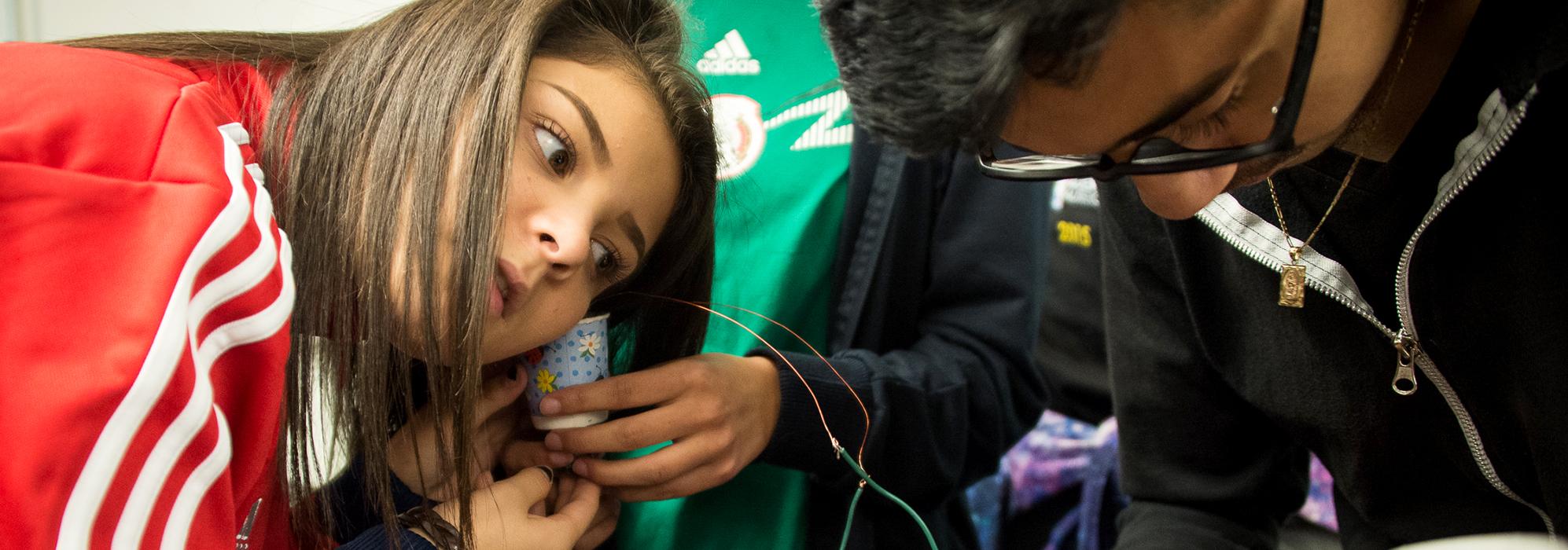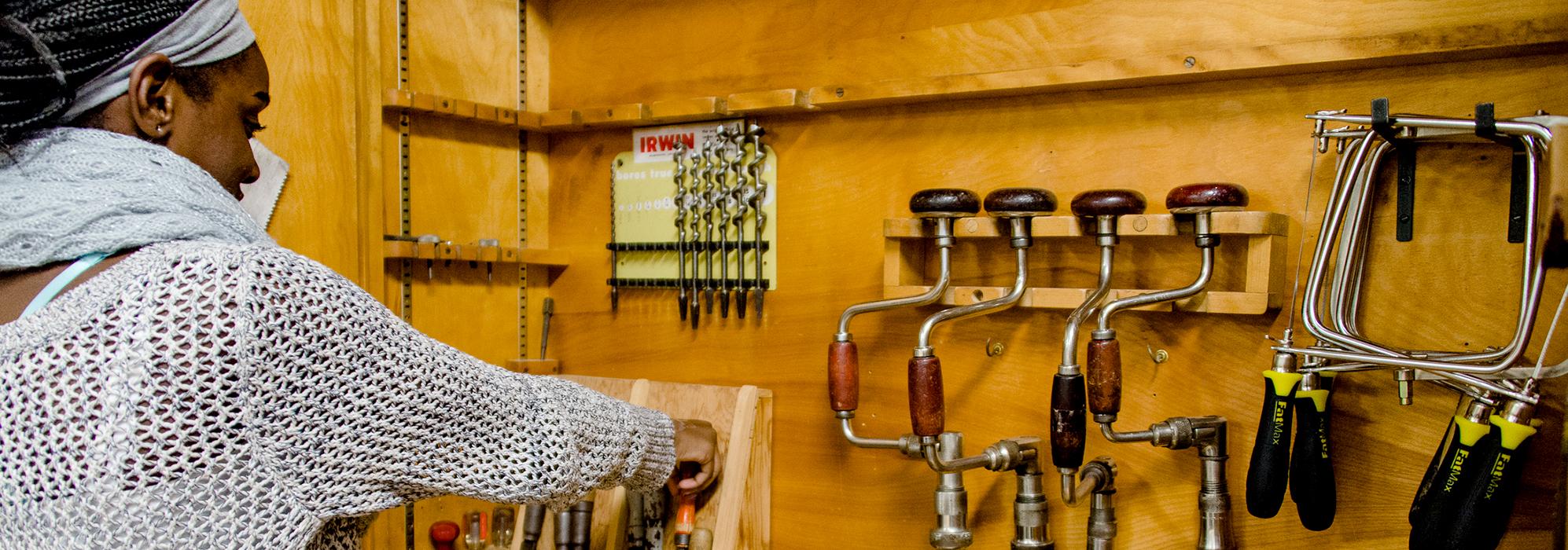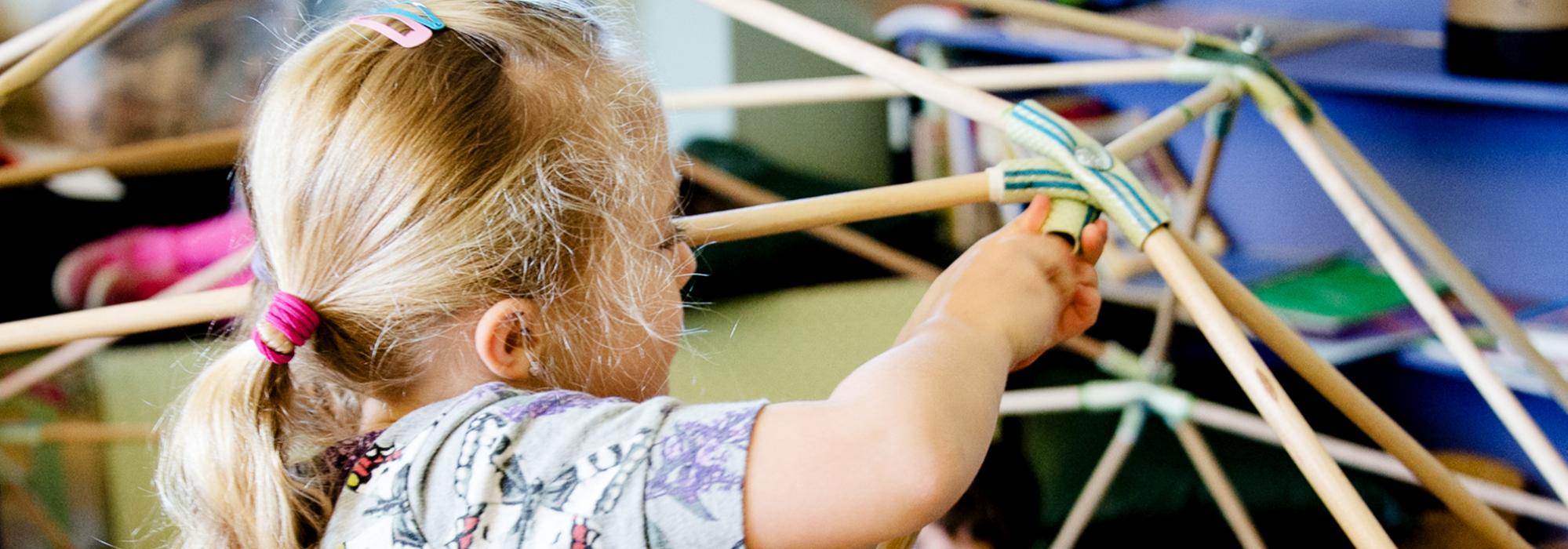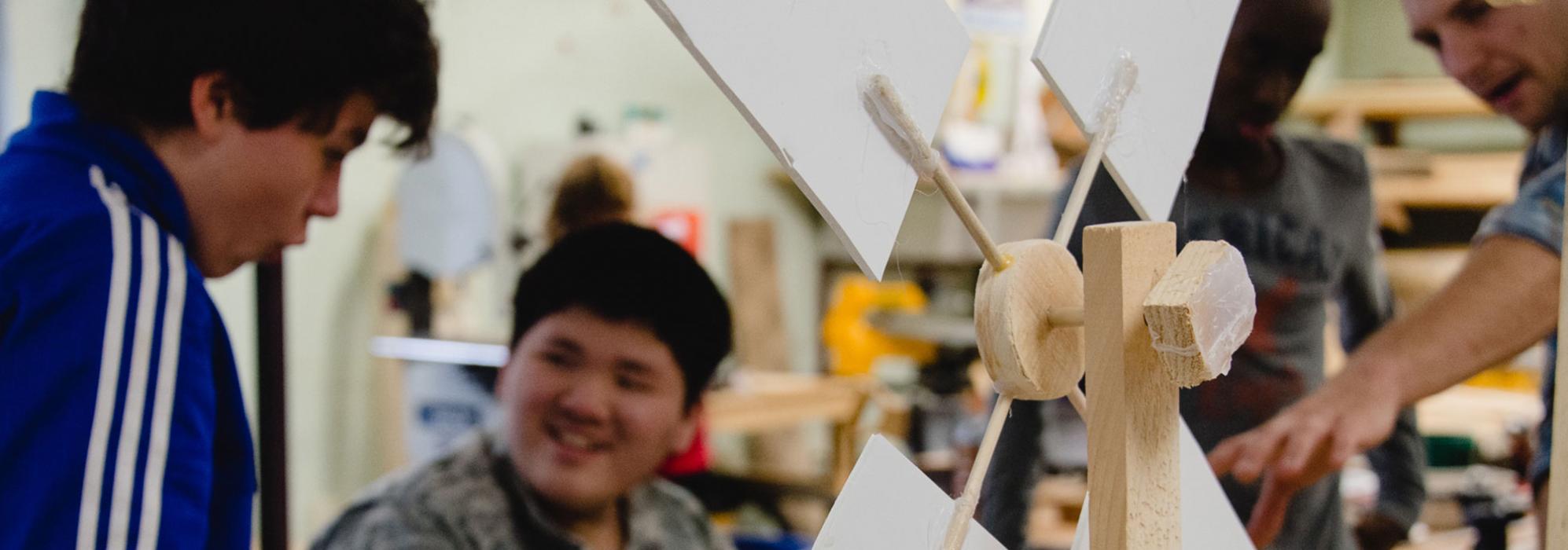Agency by Design
Educational initiatives that emphasize making, design, engineering, and tinkering have been gaining traction in schools and organizations across the country. While maker-centered learning is not a new concept, recent and emerging trends suggest a new kind of hands-on pedagogy—a responsive and flexible pedagogy that encourages community and collaboration (a do-it-together mentality), distributed teaching and learning, and crossing boundaries.
Agency by Design (AbD) is a multiyear research initiative at Project Zero investigating the promises, practices, and pedagogies of maker-centered learning experiences.
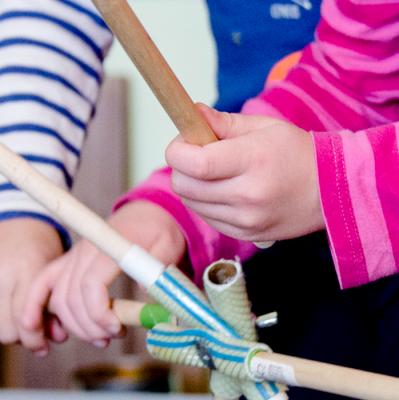
Maker Empowerment Revisited
Agency by Design Principal Investigator Shari Tishman takes a dispositional approach to redefining “maker empowerment.”
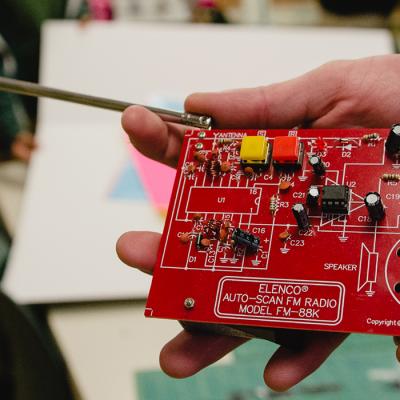
A Culture (and Economy) of Making and Sharing
The maker movement is no doubt still trending. But what’s driving this resurgence in the inclination to make? And is it a part of a larger socio/economic shift to a shared, participatory culture?

Exploring the Role of the Arts in Maker-Centered Learning Experiences
Participants at the Arts Education Partnership National Forum consider the role of the arts in maker-centered learning experiences.
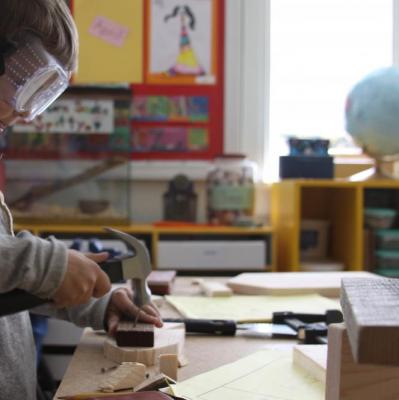
Maker-Centered Learning And The Development Of Self
Maker-Centered Learning And The Development Of Self: Preliminary Findings Of The Agency By Design Project
A White Paper Presented By Agency by Design
Project Zero, Harvard Graduate School Of Education
This White Paper, from January 2015, presents an overview of our developing work, and concludes by presenting the “big take away” from our research and by making suggestions for policymakers, educators, and other stakeholders. Along the way, we identify what we consider to be the most salient benefits of maker-centered learning for young people and, introduce some of the key concepts and resources that have emerged from our work, including the concept of maker empowerment, the importance of developing a sensitivity to design, and the three pathways that lead to these desired outcomes.

Understanding Agency Part II: Putting an Abstract Concept into Action
AbD researchers describe how their use of agency “vignettes” help them gain new understandings around the concept of agency.
“另眼相看” 的思考模式
這個思考模式通過幫助學生近距離觀察某個物品/系統的細節,考慮不同的使用者和利益相關者不同的觀點角度,以反思自己和這個物品/系統的關係來探究其中的關聯性。
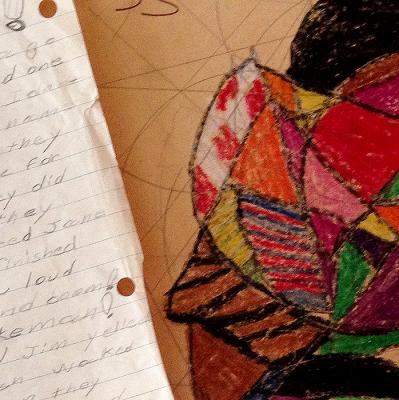
Curiosities, Collections, and Curating: Considering Maker Portfolios
AbD researcher Jessica Ross elaborates on her role in the Open Portfolio Project by asking the question: What advice can we offer young makers as they document their making throughout their lifetimes?
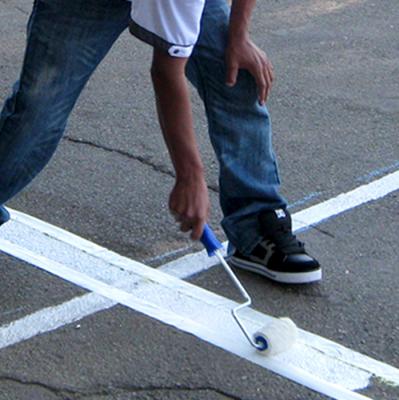
From Maker Space to Maker Campus
Boston-based architect David Stephen discusses his experiences developing “Maker Campus Master Plans” with various members of Agency by Design’s Oakland Learning Community.
